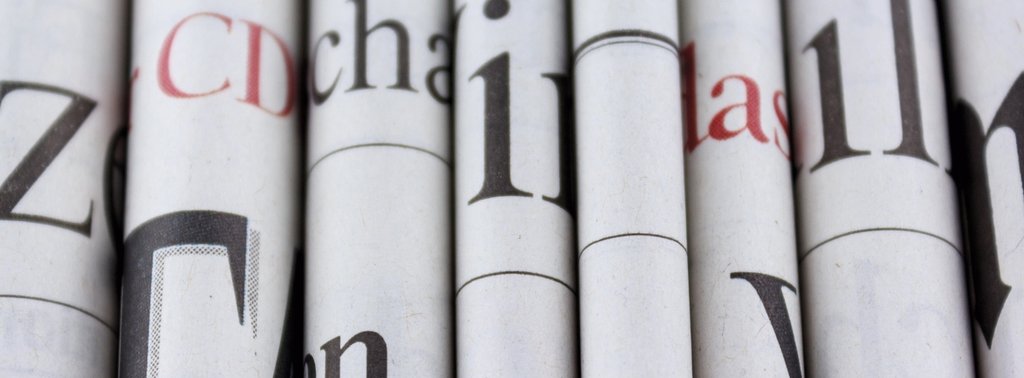Certification Of Nord Stream Pipeline Fulfills International Standards
April 21, 2008 | Zug | On 21 April 2008, “Der Spiegel” magazine reported that the Nord Stream Pipeline would be subject to only a “medium“ level of safety testing. Nord Stream AG had sent “Der Spiegel” the following statement on 19 March 2008, and further declares:
All pipe welds tested three-fold
Pipes used to construct the Nord Stream Pipelines are subject to a three-level quality system with the highest inspection standards. Each offshore weld will be 100% tested by Automatic Ultrasonic Examination in accordance with Det Norske Veritas (DNV) Standard for Offshore Pipelines (DNV-OS-F101, Appendix E). This references all major international codes and standards for this testing. On the lay-barge, every single weld of the pipes will be 100% tested by Saipem, the contractor with which Nord Stream has signed a Letter of Intent to construct the pipeline system. Additionally, the welds will then be checked by Nord Stream inspectors. All of these procedures will be monitored by DNV.
Uniformly high standards
The internationally recognised basis for the certification is the relevant standards for offshore pipelines set by DNV. The authorities of all affected Baltic Sea states have agreed with Nord Stream AG that the pipeline should be designed, constructed and operated according to these tried and tested standards. This guarantees that consistently high standards will apply to the whole project.
Two independent examinations in Germany
The Mining Authority (Bergamt) of Stralsund, which is responsible for the technical certification, has engaged SGS-TÜV as its authorised expert to ensure that for technical design, the manufacture of components and construction meet national regulations and standards. DNV assessors will undertake certification of the whole pipeline which will traverse the territorial waters and/or exclusive economic zones of five countries. DNV certification will serve as the technical quality proof vis-à-vis the relevant authorities in other countries. This means that the German section of the pipeline will be examined by two independent and recognised certification bodies to ensure that all pertinent standards are fulfilled. This independent certification complements the continuous quality and safety testing to be undertaken by Nord Stream inspectors.
Fulfilment of national regulations
DNV-OSS-301 specifies three levels of testing: “low”, “medium” und “high”. The higher levels set out increase neither quality nor approval criteria, but merely prescribe a greater frequency of testing by the certification com-pany. For the area of component manufacture and pipe-laying, this means additionally that technical assessors are on the spot more frequently to oversee these processes. The quality of manufacturing and pipe-laying will be continuously checked as a matter of course by the responsible service providers and, in a second phase, Nord Stream inspectors.
The technical certification is undertaken according to the relevant national regulations. It is normal for the authorities to lay down the extent of testing specifically for each project. Nord Stream’s quality assurance by suppliers, the company itself and independent assessors exceeds the standards normally applied to other offshore pipelines, in the North Sea for example, and will guarantee the highest possible standard of operational safety.
Notes for editors:
Det Norske Veritas (DNV) is an Oslo-based independent foundation established in 1864 with the objective of safeguarding life, property, and the environment. It identifies, assesses, and advises on the management of risk in the maritime industry, energy and transportation. DNV has a dedicated research department that has enhanced and developed services, rules and industry standards. Many of the technology solutions developed have been so precise that they have helped define internationally recognized standards.




